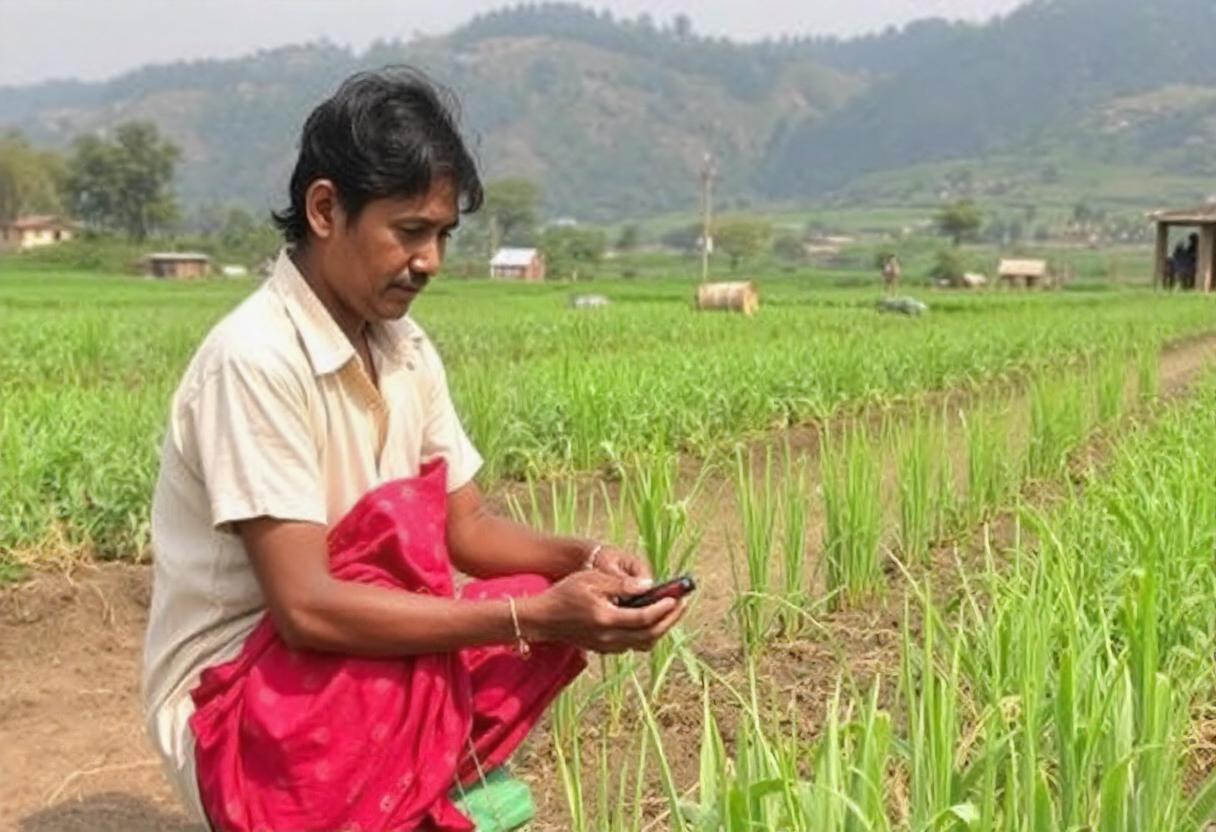
Agriculture has long been seen as a key tool for reducing poverty in rural areas. It not only provides food and employment but also serves as the foundation for economic development in many regions. In many developing countries, agriculture is a primary source of livelihood, and improving this sector can significantly impact rural poverty alleviation.
The Role of Agriculture in Rural Economies
In rural economies, agriculture is often the main source of income and employment. It contributes to household food security and generates income through the sale of crops and livestock. Many rural communities rely on small-scale farming, which can be an effective way to meet local demand while providing sustainable livelihoods. Agriculture also plays a key role in stabilizing local economies and reducing migration to urban areas, as individuals can find meaningful work within their communities.
Agricultural Productivity and Poverty Reduction
Increasing agricultural productivity is essential for poverty reduction. Improvements in farming techniques, access to better seeds, fertilizers, and technology can lead to higher yields. When farmers can produce more, they are better equipped to meet their own needs and sell surplus crops in the market. This increased income helps improve living standards, enabling farmers to invest in education, healthcare, and other essential services.
Access to Credit and Financial Services
Access to credit and financial services plays a critical role in poverty alleviation in rural areas. Many small-scale farmers lack the resources to invest in better inputs, technologies, and infrastructure needed to boost productivity. Microfinance institutions and agricultural banks are vital in providing low-interest loans, savings accounts, and insurance services to farmers. By empowering farmers with financial support, they can invest in their land and crops, thus increasing their income potential.
Agricultural Extension Services
Agricultural extension services provide essential training and knowledge transfer to farmers, equipping them with modern farming practices and technologies. These services help farmers adopt sustainable techniques that improve crop yields and reduce the environmental impact of farming. Extension services can also connect farmers with markets, allowing them to sell their products more effectively and at better prices. By empowering farmers with knowledge and access to resources, these services are vital in breaking the cycle of poverty.
Market Access and Infrastructure
Access to markets and good infrastructure is crucial for rural farmers to sell their produce at competitive prices. Poor transportation networks, lack of storage facilities, and inadequate communication channels often prevent farmers from accessing larger markets. Building better roads, establishing market hubs, and providing access to information through mobile technology are some ways to address these barriers. Improved infrastructure not only facilitates trade but also increases income for farmers, helping them to escape poverty.
Agricultural Policies and Government Support
Government policies play a pivotal role in promoting agricultural development and poverty alleviation. Subsidies for seeds, fertilizers, and irrigation equipment can help reduce the costs for small farmers. Additionally, investments in rural infrastructure, such as roads, power, and communication, improve the ability of farmers to access markets and essential services. Governments can also provide support through land reform policies, ensuring that small farmers have secure land tenure, which encourages long-term investment in farming.
Climate Resilience and Sustainable Farming
Climate change poses a significant threat to rural farmers, making them vulnerable to extreme weather conditions, droughts, and floods. Sustainable farming practices, such as crop diversification, agroforestry, and conservation agriculture, can help build resilience against these challenges. Adopting climate-smart agricultural practices can enhance food security, improve livelihoods, and reduce poverty in rural areas. These methods also contribute to preserving the environment, ensuring the long-term viability of agriculture as a poverty alleviation tool.
Role of Technology in Rural Poverty Alleviation
Technological advancements in agriculture have the potential to revolutionize farming practices and lift rural communities out of poverty. The use of drones, mobile applications, and precision farming techniques enables farmers to manage their resources more efficiently, optimize yields, and reduce losses. Mobile banking services, weather prediction apps, and digital marketplaces allow farmers to access information and financial services that were previously out of reach. The integration of technology in agriculture can increase productivity, improve market access, and drive rural economic growth.